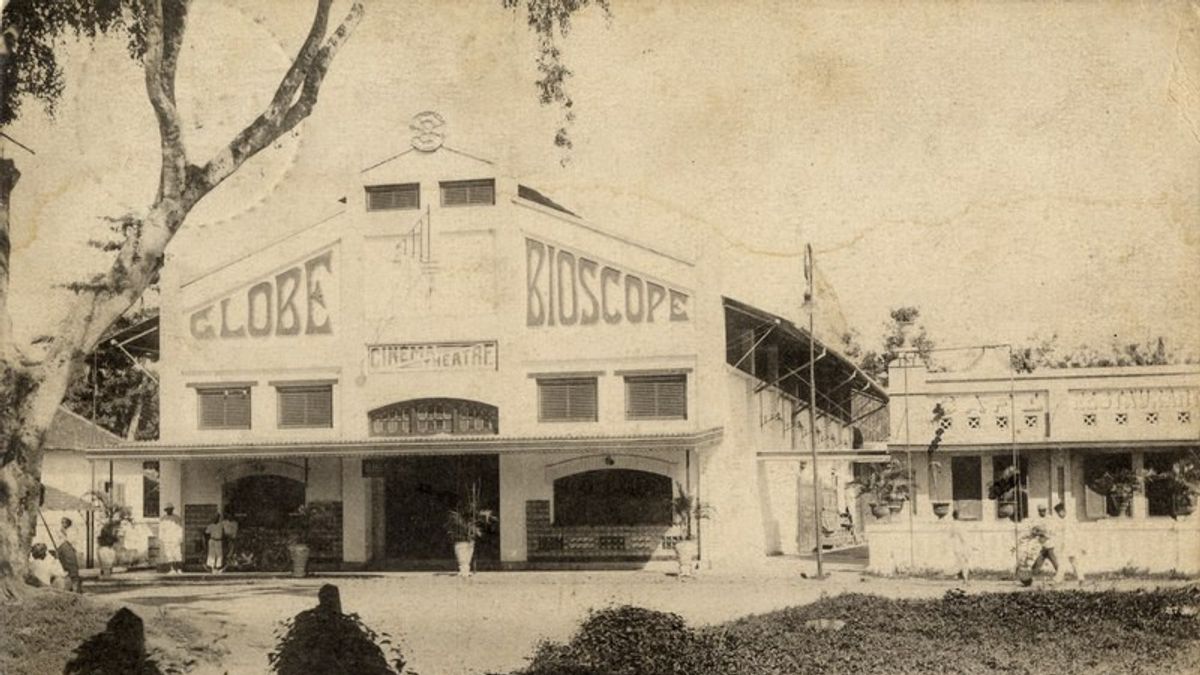JAKARTA History today, 88 years ago, September 13, 1934, the Dutch East Indies Cinema Entrepreneurs Association was established. Its presence was the answer to the high interest of the Dutch East Indies to watch films in theaters. The organization was deliberately created to fight for the rights of cinema owners.
Moreover, managing the censorship of excessive films from the Dutch colonial government. The existence is amazing. Because, day by day, the presence of cinemas as a means of new entertainment is increasingly mushrooming throughout the country.
Films can take audiences to imagine other life and forget for a moment everyday life. That's the main attraction of the presence of films for the first time in the Dutch East Indies. Image of Idoep, that's how people call films since they appeared in the 1900s era.
At that time, all eyes were focused on cinemas. However, only the Dutch can access cinemas. The regulations were changed, although still racist. The Emilur has the power to allow the natives to watch, but in different classes. Europeans are first class, while the natives occupy the goat class.
Gradually, the racism was defeated by a weapon called money. Whoever pays, they can access the films that are screened in the cinema. Therefore, entertainment watching movies is loved by all residents in the Dutch East Indies. From Batavia to Surabaya.
Every day the films are screened, the tickets that are prepared are always sold out. In fact, other entertainment, especially traditional entertainment, is famous for the film. The opportunity was widely used by entrepreneurs, swerved into cinema entrepreneurs.
The high interest in watching has been strengthened by the existence of film importers and cinema owners for concerted film screenings. For example, the film Een▁Utamajd om Milloenen (12 episodes), Daniel Bode (13 episodes), The spending Fortune (24 episodes) and others. With this connected story film, the audience is expected to want to watch a film story title until the story is finished in the last episode.
To support the development of this film, in Batavia and Surabaya several cinema buildings. For example, in Batavia stand Rialto Senen and Tanah Abang, Kramat Theater, Orion Glodok, and Thalia Mangga Besar," said M. Sarief Arief in the book Politics of Films in the Dutch East Indies (2009).
The development of the film industry is second to none. Alias is quite fast. The existing cinemas then formed the Nederlandsch Indische Bioscop-bond (Dutch Indies Cinema Entrepreneurs Association) organization on September 13, 1934.
His presence further helped the growth of cinema entrepreneurs in the Dutch East Indies. Even the organization can be a mouthpiece for the struggle of cinema entrepreneurs to perpetuate protests when there are films that are censored excessively by the colonial government.
That year, the Europeans who survived ( bioksop companies) were Buse, a Dutchman in Bandung, until the 1950s. Al-Hamra Malang and Jakarta owned by Hasan Soerkati from Arabia. But, of course, the Chinese ethnicity dominated. This can be seen when Nederlandsch Indische Bioscop-bond (Dutch Indies Cinema Entrepreneurs Association) was founded on September 13, 1934.
The chairman is Holthaus (the owner of the Central Bogor cinema). However, the other administrators are Chinese, namely the owner of the Central cinema at MR Cornelis (Jatinegara), Globes at Pasar Baru, and Cinema in Krekot," explained Ekky Imanjaya in the book A to Z about Indonesian Film (2006).
The establishment of the Dutch Indian Cinema Entrepreneurs Association on September 13, 1934, became a historical record today in Indonesia.
The English, Chinese, Japanese, Arabic, and French versions are automatically generated by the AI. So there may still be inaccuracies in translating, please always see Indonesian as our main language. (system supported by DigitalSiber.id)












